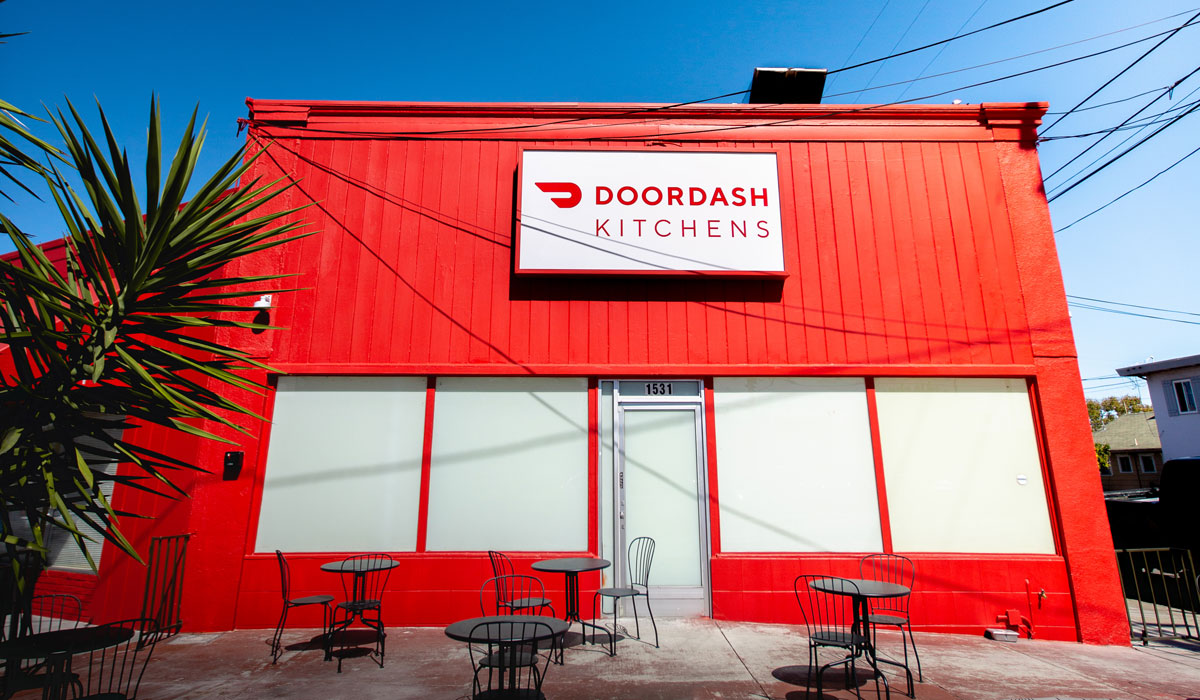




Adapt to the Rapidly Changing Delivery Landscape
Food delivery statistics over the past few years are nothing short of astounding. Even before COVID-19, the online food delivery market was at $107.4 billion in 2019. In the past five years, the food delivery industry in the United States has tripled in revenue. In March 2020, 38 percent of American consumers had ordered food via a food delivery app. By March 2021, 47 percent of Americans had used a food delivery app, illustrating just how significantly the pandemic affected the food delivery industry.
Millennials, who often prioritize convenience and on-demand services, have been the primary force driving the success of delivery-focused restaurants. However, the COVID-19 pandemic encouraged people of all ages to try restaurant delivery, creating new habits that have continued. Food delivery is now expected to hold a U.S. restaurant market share of 21 percent by 2025 (previously 9 percent prior to COVID).
Reap the Benefits of Low Overhead and Low Startup Costs
Building Journal puts the national average cost for a 5,000-square-foot restaurant with mid-level finishes at $160 a square foot, or $480,000. Operational costs like kitchen equipment and front-of-house expenses can be up to $100,00/year and labor is 28-35 percent of restaurant costs—part of the reason that restaurants only experience 5-10 percent of profitability. Rentable virtual kitchens, with no dine-in space, require less investment, lower operational costs, lower risk, increased efficiency, lower rent, less labor costs and more flexibility.
The virtual kitchen model is different from brick-and-mortar restaurants in that there are no front-of-house costs—no GM, minimal to no decor or facade, nothing to remodel or build out. Kitchens often are “plug and play,” equipped with commercial hoods, sinks, back-up generators, AC, heat, electric and gas hook ups, and pest control. There’s one company that gives tenants the ability to customize their kitchen’s layout with extra refrigeration, extra storage space, and deep-cleaning services, and can have customized kitchens built out and ready to go in as little as a few weeks—a timeline that a brick-and-mortar location could never replicate.
Ditch the Traditional Landlord
Virtual kitchens don’t want tenants to fail, creating high turnover. Unlike traditional landlords, some virtual kitchens provide valuable, hands-on assistance to get tenants up and running, then help build and maintain momentum. Virtual kitchen services might include:
- Architectural help from experienced kitchen architects, to assistant in personalizing kitchen stations
- City permitting guidance
- Marketing assistance including advertising, public relations, social media, and events
- Delivery assistance, including providing software that aggregates all third-party delivery companies
However, support offerings greatly vary between virtual kitchen spaces. If you’re seriously considering a virtual kitchen space, inquire first with management of amenities and support.
Get Creative in Offerings
Rather than investing in a food truck where success depends on in-person foot traffic, restaurants can reach a much wider audience with a delivery model found in virtual kitchens. Virtual kitchens can be a low-overhead training ground with a short one-year lease for a first-time restaurateur that is nervous to sign a big lease; serve as a second kitchen for a concept expanding into breakfast or lunch; be a test kitchen for an established restauranteur to experiment with a new concept; give a restaurant extra space to strictly fulfill delivery orders and much more. The breadth of virtual kitchen tenants is expansive, and can help chefs take the next step towards their culinary dreams.
Whether a chef is looking to start a new concept or phase out of a traditional brick-and-mortar, a virtual kitchen space can provide cost savings on nearly every aspect of a business. Regardless of the future of COVID, virtual kitchens can provide an affordable, stable avenue for restaurants to (re)establish themselves with significantly decreased operational costs, while adapting to the rapidly changing delivery landscape.
ChefReady’s President Nili Malach Poynter has spent more than 17 years at the intersection of entrepreneurship, data and technology, growing a highly successful business, Vinyl Interactive, in a competitive market. She and her husband are doing the same with Denver’s ChefReady.
Rise of Ghost Kitchens
In March 2020, many people had never heard of a virtual kitchen. Two years later, the industry is forecast to be a booming $1trillion industry by 2030. Celebrity concepts like Guy Fieri’s Flavortown Kitchen and George Lopez’s tacos concept pop up on a near-weekly basis, and independent virtual kitchens continue to bring new dining concepts to neighborhoods across America.
Though virtual kitchens were getting a lot of attention during COVID as a way to adapt to no dine-in service, virtual kitchens continue to make sense for chefs and restaurateurs as a low-cost, low risk option to open a new concept. Many of the food industry problems that were exacerbated by the pandemic have been simmering under the surface for years. Restaurants must overcome many challenges to stay afloat, and even more to become successful: high rent, rising labor costs, razor thin margins, and high overhead cost.
Virtual kitchens, with their low barriers to entry and streamlined delivery focus, are a smart and more affordable way to get food into customers’ hands. Here are four reasons why a virtual kitchen could be the smartest move you can make.










